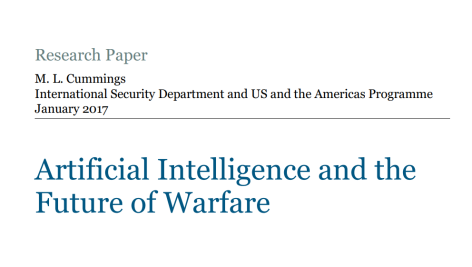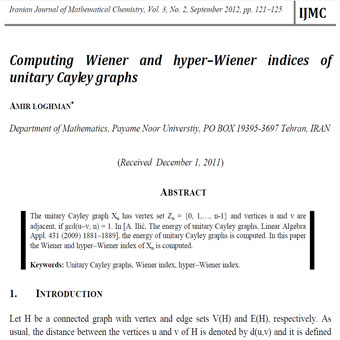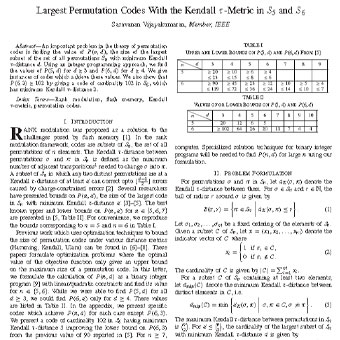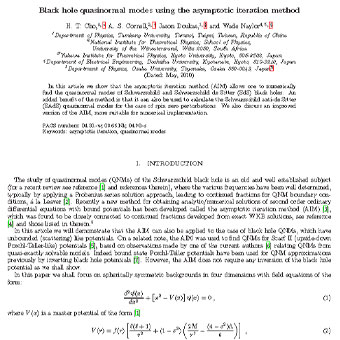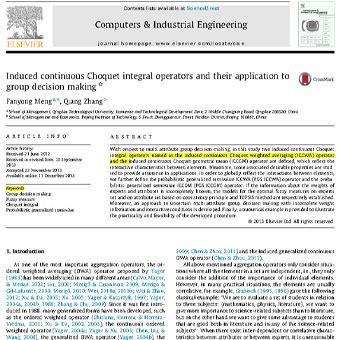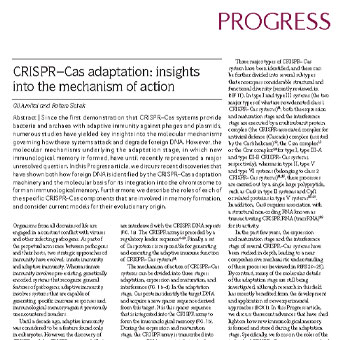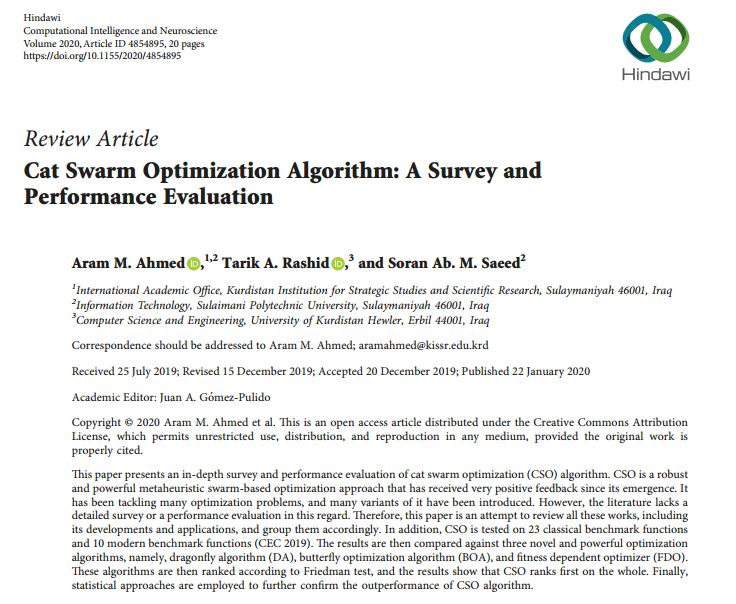عنوان فارسی مقاله:هوش مصنوعی و آینده جنگ
چکیده
رباتهای نظامی و تجاری در آینده از «هوش مصنوعی» (AI) استفاده خواهند کرد که میتواند آنها را قادر به انجام وظایف و مأموریتها به تنهایی کند. در زمینه نظامی، این موضوع بحثی را در مورد اینکه آیا چنین روباتهایی باید اجازه انجام چنین مأموریتهایی را داشته باشند، به وجود میآورد، به خصوص اگر این احتمال وجود داشته باشد که جان هر انسانی در خطر باشد.
برای درک بهتر مسائل مورد بحث، این مقاله چارچوبی را ارائه میکند که وضعیت فعلی هنر هوش مصنوعی، نقاط قوت و ضعف فناوری و آنچه در آینده در انتظار آن است را توضیح میدهد. این چارچوب نشان میدهد که در حالی که رایانهها و هوش مصنوعی میتوانند در برخی از وظایف مبتنی بر مهارت و قوانین بر انسان برتری داشته باشند، در شرایطی که نیاز به قضاوت و دانش دارند، در صورت عدم اطمینان قابل توجه، انسانها از رایانهها برتر هستند.
در بحث پیچیده در مورد اینکه آیا و چگونه توسعه تسلیحات خودمختار باید کنترل شود، بازار تجاری به سرعت در حال گسترش برای سیستمهای خودمختار هوایی و زمینی باید به طور کامل مورد توجه قرار گیرد. با توجه به اینکه فناوریهای مشتق شده یا برتر میتوانند در بخش تجاری در دسترس باشند، ممنوعیت یک فناوری مستقل برای استفاده نظامی ممکن است عملی نباشد.
یک مسابقه تسلیحاتی استعاری در حوزه تجاری توسعه سیستمهای خودمختار در حال انجام است و این تغییر در تلاشها و هزینههای تحقیق و توسعه از نظامی به تنظیمات تجاری مشکل ساز است. توسعه سیستمهای خودمختار نظامی در بهترین حالت آهسته و تدریجی بوده و در مقایسه با پیشرفتهایی که در سیستمهای خودمختار تجاری مانند هواپیماهای بدون سرنشین و بهویژه در خودروهای بدون راننده انجام شده است، کمرنگ است.
در بازار رقابتی داغ برای رباتیکهای بسیار ماهر و مهندسان مرتبط در سراسر بخشهایی که بیشتر به هوش مصنوعی، هوافضا و دفاع علاقهمند هستند، جایی که بودجه آن بسیار بیشتر از بخشهای خودروهای تجاری یا اطلاعات و ارتباطات است، برای تواناترین پرسنل جذابیت کمتری دارد. در نتیجه، صنعت دفاعی جهانی از نظر نوآوری در فناوری از همتایان تجاری خود عقبتر میماند و این شکاف تنها با حرکت بهترین و باهوشترین مهندسان به حوزه تجاری بیشتر میشود.
با توجه به آینده جنگ که با هوش مصنوعی مرتبط است، اختلاف زیاد کنونی در هزینههای تحقیق و توسعه تجاری و نظامی در توسعه سیستمهای خودمختار میتواند بر انواع و کیفیت خودمختاری که در نهایت در سیستمهای نظامی گنجانده میشود، تأثیر بگذارد. یکی از مسائل مهم در این زمینه این است که آیا شرکتهای دفاعی ظرفیت توسعه و آزمایش سیستمهای خودگردان ایمن و قابل کنترل، به ویژه آنهایی که سلاح شلیک میکنند، خواهند داشت یا خیر.
استفاده از فناوریهای نوپا بدون آزمایش جامع میتواند هم پرسنل نظامی و هم غیرنظامیان را در معرض خطر بیدلیل قرار دهد. با این حال، توسعه سریع سیستمهای خودمختار تجاری میتواند پذیرش سیستمهای خودمختار را برای ارتش و مردم عادی کند و این میتواند ارتشهای دولتی را تشویق کند تا توسعه چنین سیستمهایی را در سطحی که با سرمایهگذاری در سیستمهای سرنشیندار بهتر مطابقت داشته باشد، تأمین مالی کنند.
- لینک دانلود فایل بلافاصله بعد از پرداخت وجه به نمایش در خواهد آمد.
- همچنین لینک دانلود به ایمیل شما ارسال خواهد شد به همین دلیل ایمیل خود را به دقت وارد نمایید.
- ممکن است ایمیل ارسالی به پوشه اسپم یا Bulk ایمیل شما ارسال شده باشد.
- در صورتی که به هر دلیلی موفق به دانلود فایل مورد نظر نشدید با ما تماس بگیرید.
 متن به فارسی | ترجمه مقالات و متون علمی | ترجمه و دانلود مقالات و انواع متون علمی و ادبی و پذیرش سفارش ترجمه
متن به فارسی | ترجمه مقالات و متون علمی | ترجمه و دانلود مقالات و انواع متون علمی و ادبی و پذیرش سفارش ترجمه
